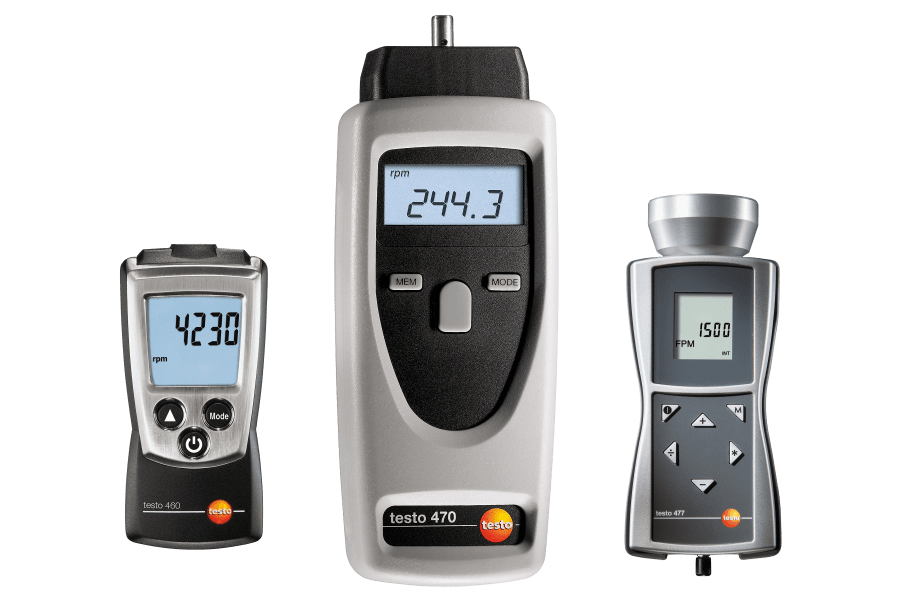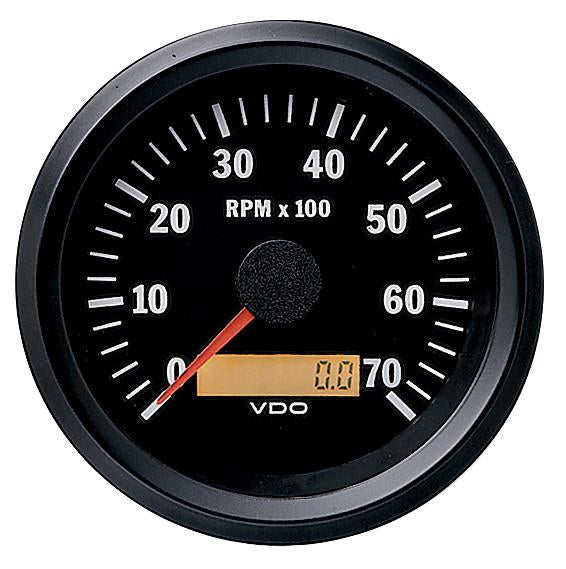Tachometer Basics: Every Little Thing You Required to Know for Accurate Readings
Tachometer Basics: Every Little Thing You Required to Know for Accurate Readings
Blog Article
Checking Out the Features and Benefits of a Tachometer: A Comprehensive Guide for Automobile Enthusiasts
In the realm of automobile instrumentation, the tachometer stands as a necessary device that provides motorists useful understandings right into their vehicle's efficiency. tachometer. From providing real-time data on engine speed to aiding in optimizing gear changes, the tachometer works as even more than simply a dial on the control panel. Its diverse functions not only boost driving experience but also play a pivotal duty in keeping engine wellness and efficiency. As we explore the intricate operations and benefits of a tachometer, a deeper understanding of its importance for car enthusiasts and specialists alike will certainly unfold.
Recognizing the Fundamentals of a Tachometer
In the realm of automobile instrumentation, understanding the essentials of a tachometer is essential for any type of vehicle fanatic seeking to look into the complexities of engine efficiency tracking. A tachometer, often presented on the control panel of a car, determines the engine's revolutions per min (RPM) This essential instrument gives real-time data on how quick the engine crankshaft is rotating. By checking the RPM, chauffeurs can guarantee they are operating within the optimal variety to make the most of efficiency and efficiency.
Tachometers commonly have a range marked in revolutions per minute, with a redline showing the optimum speed at which the engine can safely operate (tachometer). This details is vital for avoiding engine damages and maximizing equipment shifting for hands-on transmissions. Additionally, tachometers can assist in diagnosing engine issues such as misfires or a stopping working ignition system by spotting uneven RPM readings
Significance of Keeping An Eye On Engine Rate

The engine rate, measured in changes per minute (RPM), shows exactly how quickly the engine's crankshaft is turning. Monitoring engine speed is specifically critical during gear changes, as it helps motorists determine the best time to transform gears for smooth velocity and efficient fuel usage.
Additionally, tracking engine rate can additionally offer useful understandings into the general wellness of the lorry. Unusual changes in RPM might show issues such as a stopped up air filter, gas system issues, or also engine misfires. By spotting these irregularities beforehand through the tachometer readings, chauffeurs can address prospective problems without delay, preventing much more serious damages and costly repair work down the line. In general, keeping an eye on engine rate with a tachometer is a basic technique that can improve driving efficiency, lengthen engine life, and make certain a more secure and more enjoyable driving experience.
Enhancing Efficiency Via Equipment Shifts
Proper equipment shifting guarantees that the engine operates within its optimum power band, allowing for smooth velocity and improved gas economy. When shifting equipments, it is essential to pay focus to the engine speed showed on the tachometer.

To attain peak efficiency through gear changes, chauffeurs must exercise smooth and prompt changes between gears, matching engine speed with road speed to harness the full capacity of their lorry's powertrain.
Taking Full Advantage Of Performance With a Tachometer
Understanding the art of equipment changing in high-performance vehicles not only enhances driving experience but also plays a vital duty in maximizing efficiency with a tachometer. tachometer. By paying very close attention to the tachometer readings, drivers can optimize their gear shifts to operate within the engine's most efficient array. When increasing, changing equipments at the ideal RPM index suggested by the tachometer can avoid the engine from exhausting or underperforming, leading to enhanced gas performance and total efficiency
Furthermore, a tachometer assists motorists avoid unnecessary revving, which not just loses fuel but additionally places unneeded stress on the engine. Regularly keeping track of the tachometer while driving enables smoother gear changes, minimizing deterioration on the transmission system with time.

Advanced Tips for Tachometer Use
To dig into sophisticated pointers for tachometer utilization, consider including the usage of change lights. Shift lights are visual indicators that illuminate when it's time to change equipments based on engine changes per min (RPM), enabling for seamless gear changes without constantly monitoring the tachometer. By fine-tuning change factors and setting why not look here warning limits, vehicle drivers can optimize velocity and engine efficiency while reducing the risk of over-revving.
Verdict
To conclude, the tachometer works as an important tool for vehicle enthusiasts to check engine speed, enhance efficiency with gear shifts, and make the most of efficiency. By recognizing the functions and advantages of a tachometer, chauffeurs can optimize their driving experience and lengthen the life expectancy of their car. Making use of sophisticated tips for tachometer use can even more improve driving abilities and general efficiency on the road.
Report this page